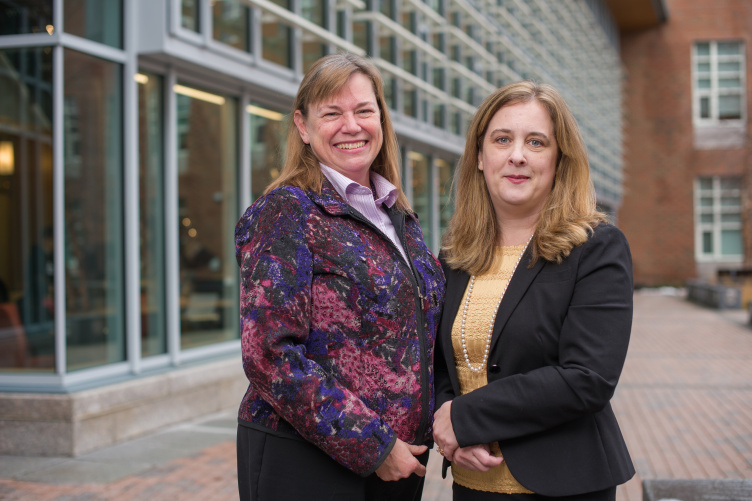
As a governmental and nonprofit accounting scholar, Linda Ragland explores how financial reporting and disclosure standards and board governance decisions can help citizens, policymakers and regulators in assessing nonprofit entities’ social performance.
One aspect of her current research looks at the “big picture” question that legislatures and tax payers often have: do nonprofit hospitals provide enough community benefit to justify their tax exempt status?
Using a sample of nonprofit hospitals in New Hampshire, Ragland and co-author Catherine Plante, associate professor of accounting at Paul College, compared the amount of taxes waived and the amount of charity care provided by nonprofit hospitals.
“Our study also provides a direct measure of taxes exempted that is lacking in previous studies because of the unique tax structure in New Hampshire, allowing for direct measurement of taxes avoided,” Ragland says.
They found that the charity care provided by nonprofit hospitals in New Hampshire outweighed the amount of taxes waived; however, they also found that more than 40 percent of the hospitals were contributing less charity care than they would have in states that set a minimum required level of charity for hospitals. In addition, only one New Hampshire hospital would meet proposed federally-mandated levels of five percent.
“There’s an added twist,” says Ragland. “In states where required levels of charity care and community benefit are set, prior research suggests that hospitals rarely exceed those levels by a significant amount—or even cut back on charity care to the minimum required level.”
The study adds to the literature showing that, without regulation, the amount of charity care provided varies widely among nonprofit hospitals in New Hampshire.
To tease out why some hospitals behaved more charitably than others, Ragland and Plante also explored the composition of nonprofit hospitals’ board of directors. They found, in Plante’s words, “a significant positive association between hospitals whose boards had a greater percent of independent board members and higher levels of charity care.”
Overall, their research provides policymakers with a new understanding of the role of nonprofit hospital boards in states with no across-the-board benchmark.
“In terms of social performance, who sits on the board really does matter,” says Ragland.
-
Written By:
Dave Moore | Freelance Writer

















































